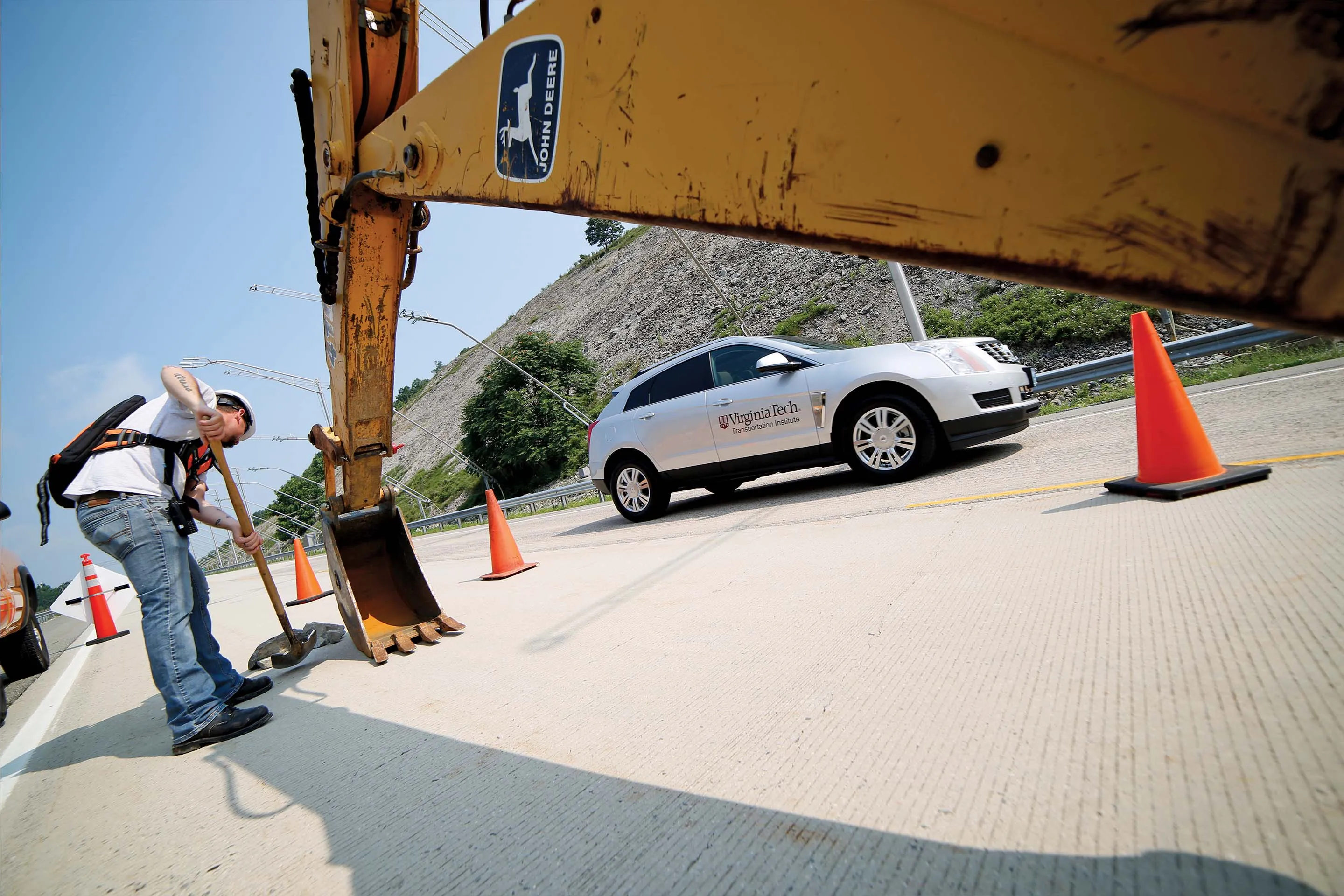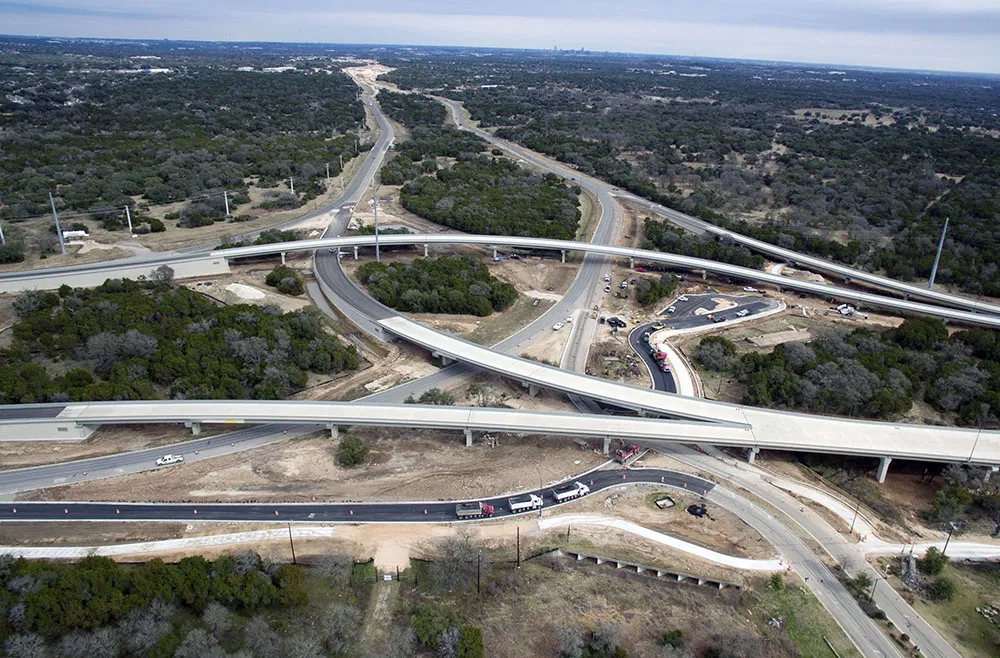One of Morocco’s most dangerous roads could get tunnels in a bid to improve its safety. A feasibility study on the potential installation of tunnels on the RN9 mountain-passing route will begin in December 2014.
January 9, 2014
Read time: 1 min
One of Morocco’s most dangerous roads could get tunnels in a bid to improve its safety. A feasibility study on the potential installation of tunnels on the RN9 mountain-passing route will begin in December 2014.









